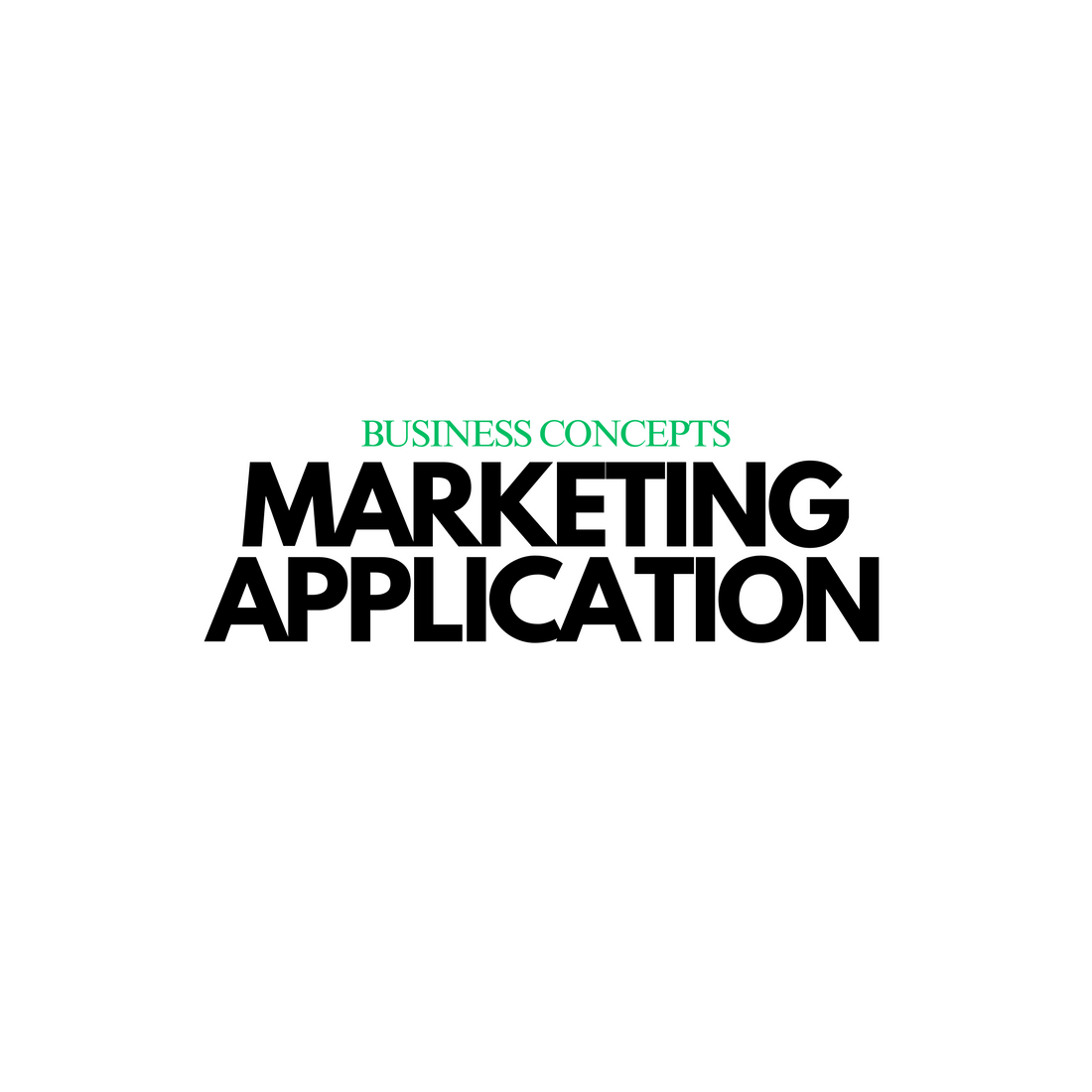
Marketing Application: Psychology & Consumer Behaviour
Share
Understanding the psychology of consumer behavior plays a pivotal role in marketing strategies, enabling businesses to effectively influence purchasing decisions and build stronger customer connections.
Here are key applications:
______________________________________________________________________________
1. Emotional Marketing
Application: Using emotions like happiness, trust, fear, or nostalgia in advertising campaigns to create deep, memorable connections.
Example: Coca-Cola's "Share a Coke" campaign uses personalized bottles to evoke joy and personal engagement.
_______________________________________________________________________________
2. Social Proof and Influence
Application: Leveraging testimonials, reviews, and user-generated content to demonstrate popularity and reliability.
Example: Amazon highlights ratings and reviews for products, encouraging buyers through peer validation.
_______________________________________________________________________________
3. Scarcity and Urgency
Application: Highlighting limited stock or time-sensitive deals to drive impulse purchases.
Example: E-commerce sites use phrases like "Only 3 left in stock" or countdown timers for sales events.
________________________________________________________________________________
4. Storytelling
Application: Using narratives to emotionally engage customers and align products with their values or aspirations.
Example: Patagonia shares stories about environmental activism to connect with eco-conscious consumers.
_________________________________________________________________________________
5. Personalization
Application: Creating tailored experiences based on individual preferences, past purchases, and browsing behavior.
Example: Netflix’s personalized recommendations keep users engaged by presenting content suited to their tastes.
__________________________________________________________________________________
6. Visual and Sensory Appeal
Application: Designing visuals, packaging, and branding that appeal to customer senses (sight, touch, taste, etc.).
Example: Apple products use sleek design and minimalist packaging to evoke sophistication and quality.
___________________________________________________________________________________
7. Cognitive Bias Exploitation
Application: Using biases like anchoring (initial price comparison) or loss aversion (fear of missing out) to influence decision-making.
Example: Discounts framed as "Save $20" rather than "Pay $80" emphasize savings more effectively.
___________________________________________________________________________________
8. Rewards and Gamification
Application: Motivating consumers through rewards systems, loyalty programs, and interactive experiences.
Example: Starbucks Rewards allows customers to earn points for free products, encouraging repeat visits.
____________________________________________________________________________________
9. Social Media Influence
Application: Collaborating with influencers and micro-influencers to leverage their authority and reach.
Example: Fashion brands partner with Instagram influencers to showcase products in aspirational contexts.
____________________________________________________________________________________
10. Brand Positioning Based on Identity
Application: Aligning the brand with customers’ self-image or desired identity.
Example: Nike targets athletes and fitness enthusiasts by promoting a "Just Do It" mindset that reinforces ambition and resilience.
____________________________________________________________________________________
Integrating consumer psychology into marketing can transform how brands interact with their audience, fostering stronger connections and driving more effective campaigns.
